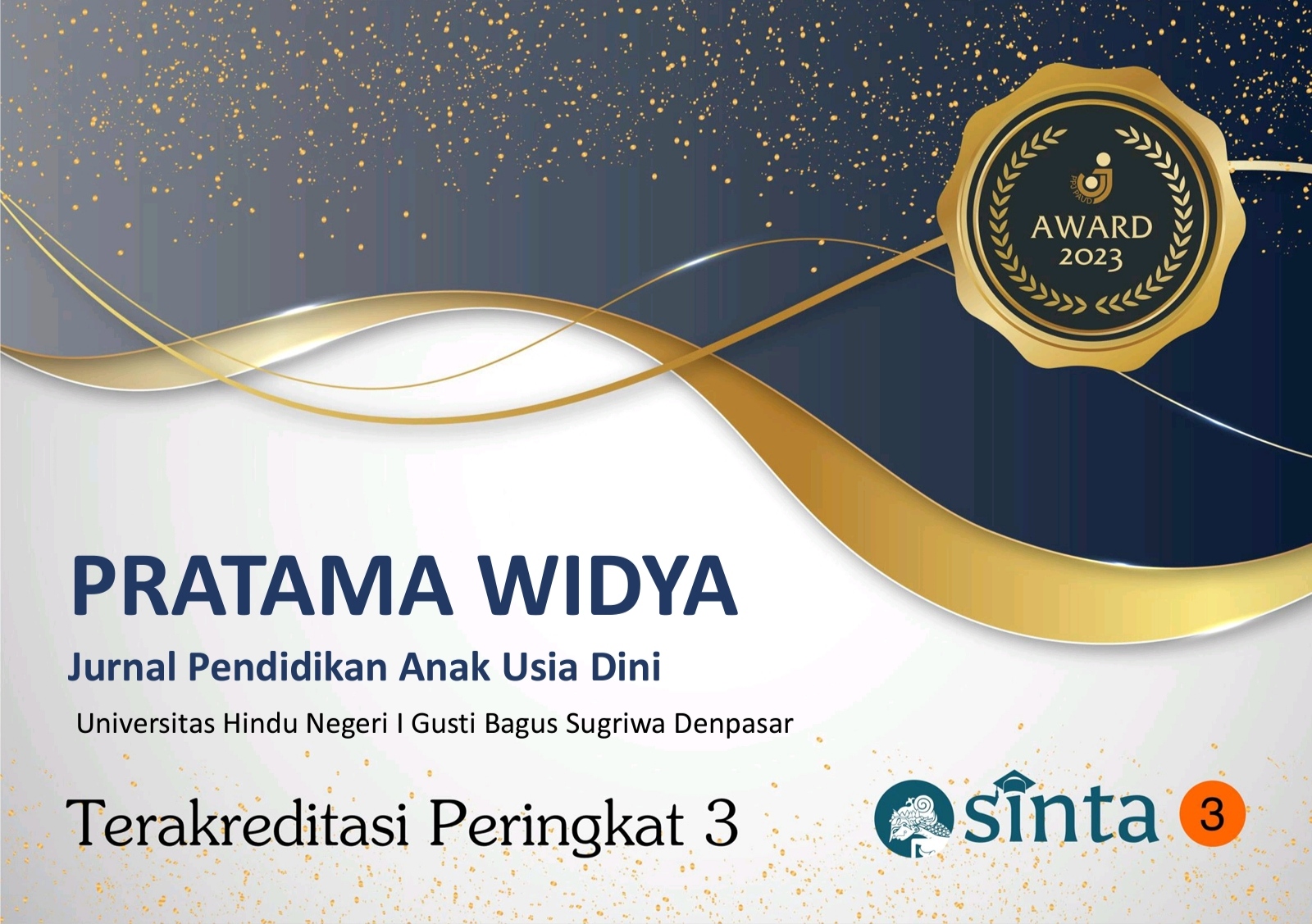PEMBENTUKAN KARAKTER DISIPLIN ANAK: SEBUAH TINJAUAN DARI PENDIDIKAN ANAK USIA DINI
DOI:
https://doi.org/10.25078/pw.v7i1.267Keywords:
Character Building , Islamic Education , Early Childhood EducationAbstract
Both environmental influences and education in the family and society have contributed significantly to form a child’s character, including his or her discipline character. This research is a qualitative approach that was conducted by soliciting ten parent respondents. Based on data collected through observation, interviews, and supporting documents, this research agrees with mainstream research findings of Islamic education research which is to mould the child’s discipline character in order to provide provisions for his or her future life, namely (1) the child grows and develops because of the parental upbringing. Therefore, his or her character reflects the values that exist in the family. (2) Societal environments and education have assumed a second role when the child socializes with his or her peers and with a wider social environment. As a result, greater influences will affect the development of the child. The formation of good character needs to be instilled in the child to live a life and grow positively. (3) Generally, the child grows up due to the influence of stimulus from the family and peers. If the stimulus is positive, the child will grow well and vice versa. The research suggests that parents, society, and especially Islamic education should invest greatly for the development of discipline character in the child due to his or her potential grows rapidly.
Downloads
Published
How to Cite
Issue
Section
License
Copyright (c) 2022 Fairuz Salsabila, zulkipli Lessy

This work is licensed under a Creative Commons Attribution-NonCommercial-ShareAlike 4.0 International License.








